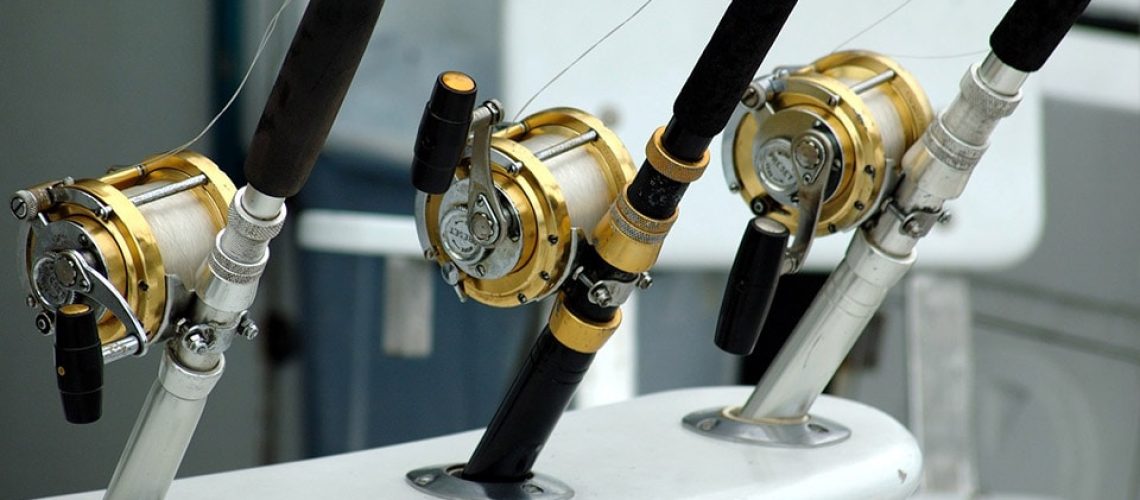For the unseasoned beginner, winding in a deep crankbait turns into a trick of the trade. The exceptionally deep runners of today have become a chore for anglers who have no experience with it. Tim Horton, a deep crankbait angler from Alabama, explains how most fishermen give up because of how this way of fishing either becomes tiresome or they struggle with hooking and reeling in the fish. Horton continued in saying shallow cranking differs significantly from deep cranking.
Here are the four most common mistakes when using deep crankbaits:
#1: Putting Heavy Line on Your Reel
In general, Horton recommends people use between 10 to 12-pound fluorocarbon line. This stands out because deep diving plugs need to achieve their maximum depth for full effectiveness. Once a crankbait plunges into the depths, it must pull the line with it. With a small diameter line, you experience less resistance, and this lets the crankbait reach a maximum depth. Fluorocarbon line makes a difference because of the better sink ratio, compared to braid or monofilament. Also, because the fluorocarbon stretches less, you have a better hookup.
#2: Making Short Casts
Because you have added a deep crankbait to your fishing line, you want the bait to reach the maximum depth and remain near the bottom longer. A lengthier cast gives your crankbait the opportunity to achieve the maximum depth. Before you start, you should first make sure the reel spool and the tension knob remain adjusted correctly to guarantee maximum casting distance. For the farthest cast, position your boat and throw it with the wind to achieve the best cast. Horton explains that because of the weight to deep divers, they have a heavier appeal, and you can launch them farther.
#3: Handling the Wrong Equipment
7:1 baitcasters or faster will have numerous places where they can reel in a big one, but with deep cranking, they do not have the talent. In general, you want a reel geared at 5:4:1 or 6:1. It makes not only the turning of the handle easier; it lets the bait work on a more efficient level. A fast reel produces too much torque with a bigger crankbait, and after a couple of hours, you will start to feel the pressure in your arms.
#4: Holding the Rod at a Poor Angle
A lot of anglers position their rod off to the side once they retrieve the cast. Whenever you do this, you put greater bend on the rod, and you add resistance to your arms between the elbow and the wrist. Instead, Horton recommends pointing the rod at the lure when you retrieve because that transitions the resistance to your hand grip over your arms.
Deep crankbaits especially come in handy during the late summer season when the bass start to scatter. Deep cranking will not only put them on the end of your hook; you can cover more water while trying to locate the fish.
Yellow Bird Products
1803 Holian Drive
Spring Grove, IL 60081
815-469-9686

